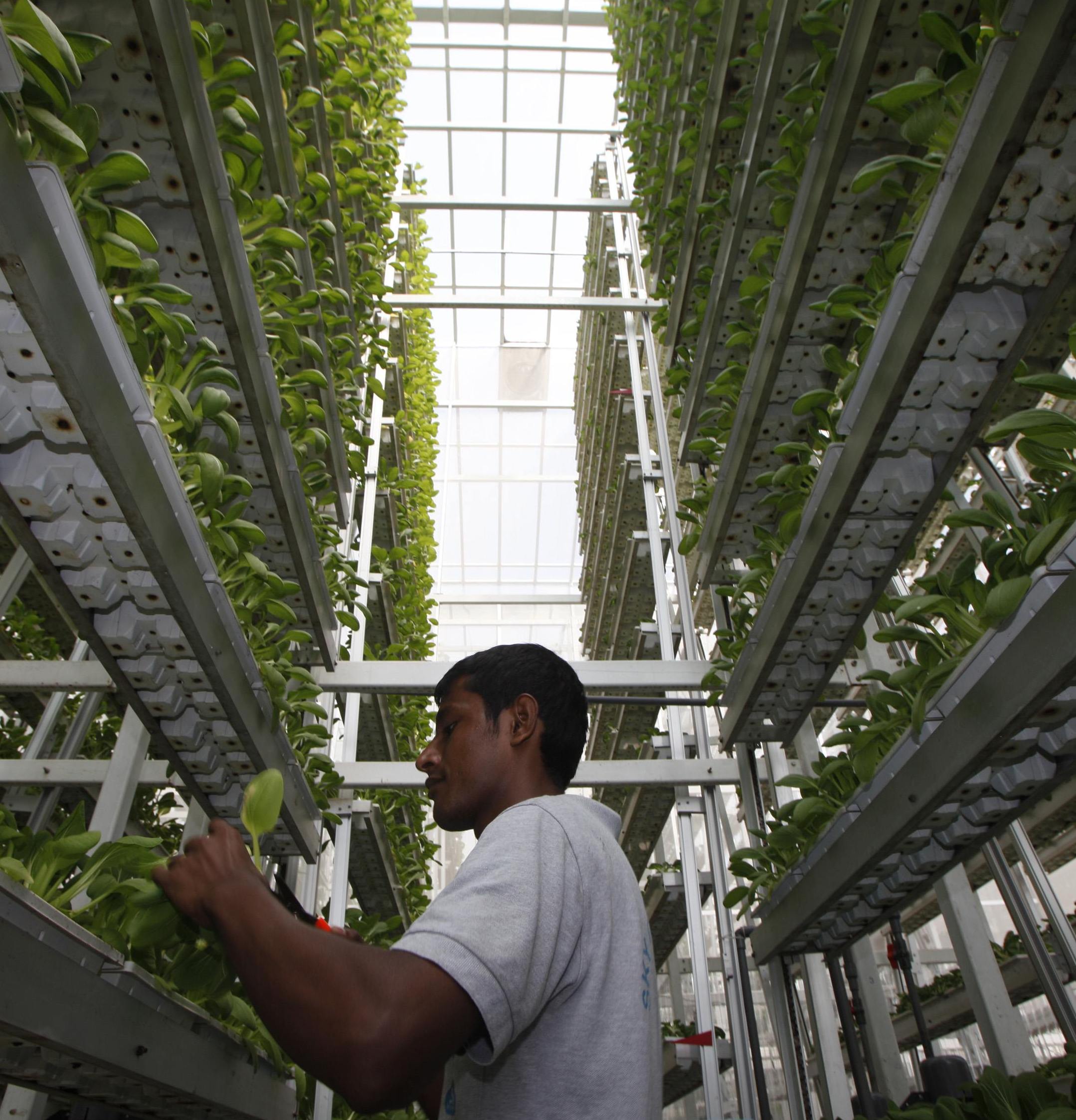Electronics giant Panasonic wants Singaporeans to eat its vegetables
Japan’s Panasonic Corp, best known for its television sets and home theatre systems, wants to feed Singaporeans its radishes and lettuce. A unit of the electronics conglomerate last week started selling fresh produce to a chain of Japanese restaurants in Singapore. Panasonic’s 248 square metre farm is located inside a factory building on the outskirts of the city. The facility, which has a small production capacity of 3.6 tonnes annually, produces 10 types of vegetables such as mini red radishes and baby spinach. The move ties Panasonic’s deeper push into farming technology with land-scarce Singapore’s ambition to reduce its near-total reliance on food imports.
We foresee agriculture to be a potential growth portfolio, given the global shortage of arable land, climate change and increasing demand for quality food as well as stable food supply.
Hideki Baba, managing director of Panasonic Factory Solutions Asia Pacific
Panasonic said Singapore was ideal for its indoor farm due to the country’s low food self-sufficiency and limited land. Singapore, ranked by the World Bank as the second most densely populated country, imports more than 90 per cent of its food. Last year it imported 514,574 tonnes of vegetables and produced just 22,000 tonnes. Indoor farming has found favour with other hi-tech Japanese companies as well. Fujitsu Ltd is growing lettuce at its Fukushima province plant, while Sharp Corp is testing growing strawberries indoors in Dubai.
We must grow some of our own in order to provide a kind of buffer during the period when supply has been disrupted.
Lee Sing Kong, Agro-technology expert

Business